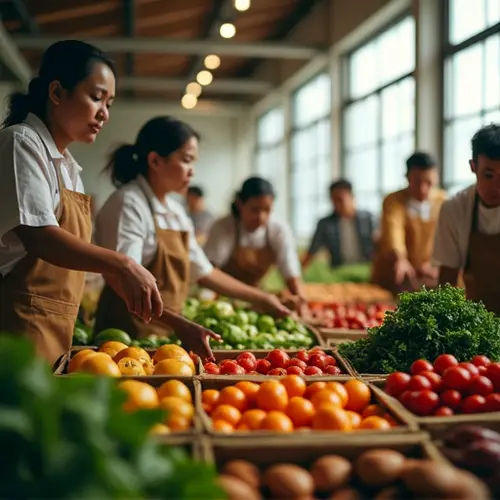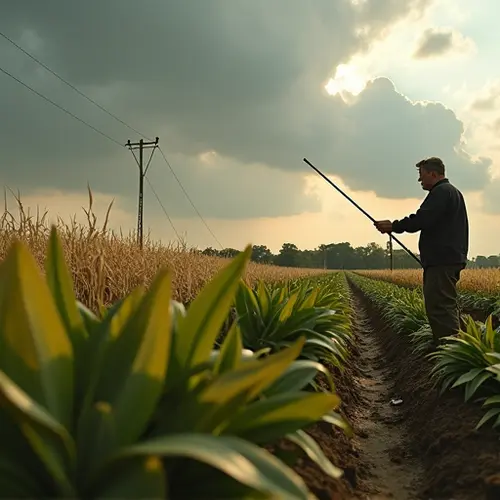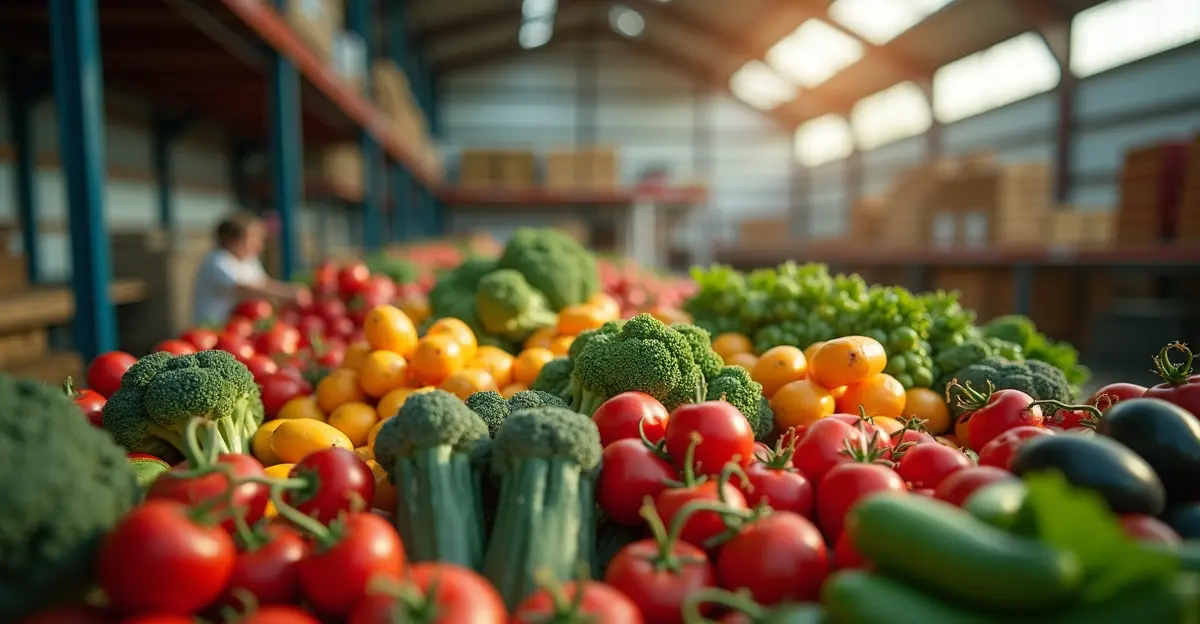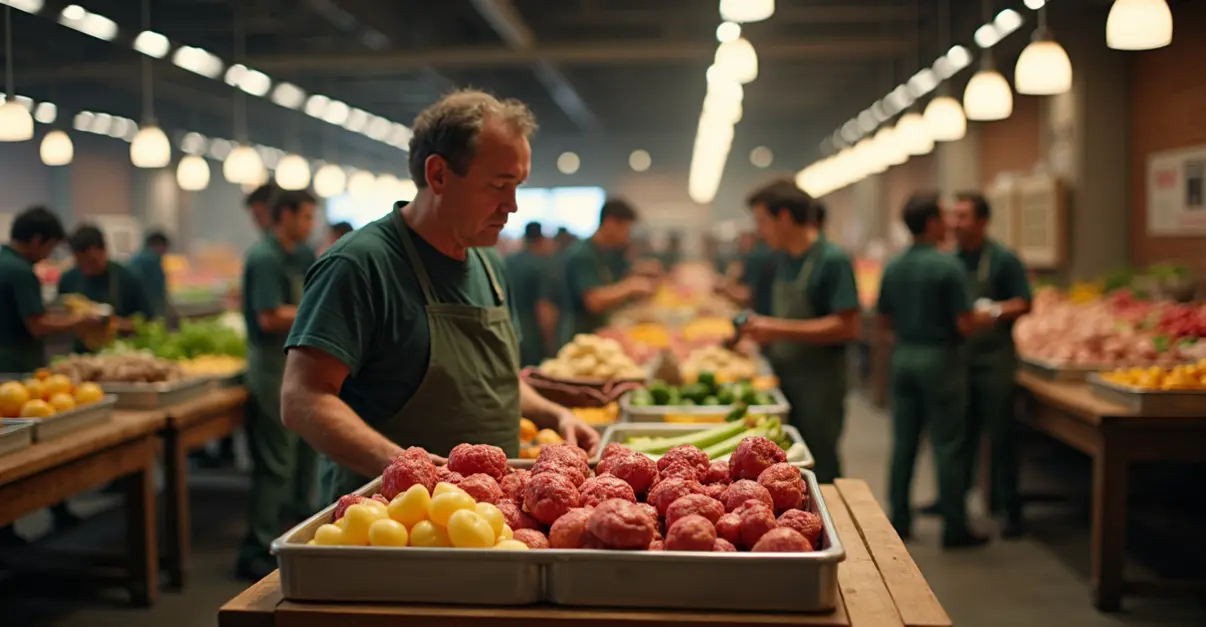Global food prices surge due to export controls, supply chain disruptions, and extreme weather. Consumers face 29% price increases since 2020, with developing nations hit hardest. Policy responses struggle to address structural issues.
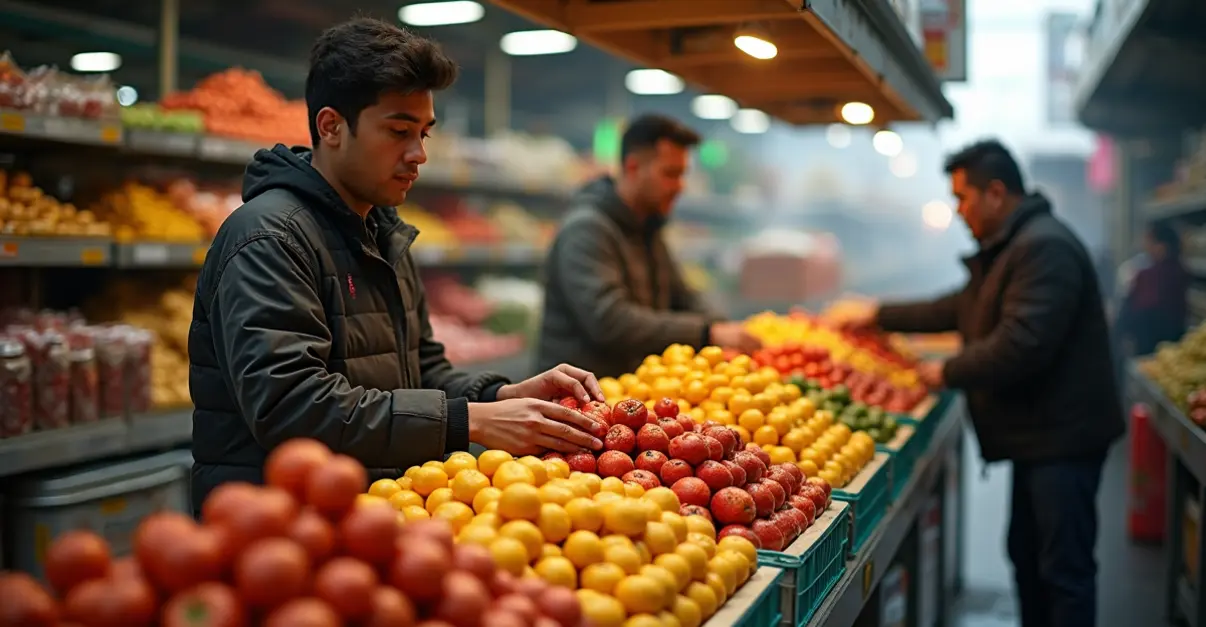
Global Food Crisis Deepens as Export Restrictions Bite
Global food prices are experiencing their sharpest increase in nearly three years, driven by a perfect storm of export controls, supply chain disruptions, and extreme weather events. According to recent data, food prices have surged 29% since February 2020, significantly outpacing overall inflation and creating widespread consumer anxiety across developed and developing nations alike.
The Export Control Domino Effect
Major agricultural exporters including India, Russia, and Ukraine have implemented various export restrictions that are rippling through global markets. India, the world's largest rice exporter, recently eased some restrictions but the damage to global supply chains had already been done. 'When major producers restrict exports, it creates panic buying and artificial shortages that drive prices through the roof,' explains Dr. Maria Rodriguez, food security analyst at the World Food Programme.
The Russia-Ukraine conflict continues to disrupt critical grain exports, with the two nations accounting for over 54% of globally traded wheat, barley, and oats. This has particularly devastated food-import dependent countries like Egypt, which sources 85% of its wheat from Ukraine, and Lebanon at 81% dependency.
Supply Chain Vulnerabilities Exposed
The Q2 2025 CIPS Pulse Survey reveals record-high concerns among global procurement professionals, with supply chain anxiety reaching unprecedented levels. Survey results show average concern scores of 4.57/7 for the next three months and 5.03/7 for the next 12 months - the highest ever recorded.
'We're operating in uncharted waters where political decisions globally directly impact consumer prices,' says procurement director James Wilson. Multiple sectors face substantial price increases exceeding 10%, with shipping & logistics and petroleum & mining leading at 22%, followed by food & beverages at 14%.
Consumer Impact and Coping Strategies
American consumers are feeling the pinch most acutely, with 53% reporting rising grocery prices as a significant source of stress - surpassing concerns about rent, healthcare, and student debt. 'My paycheck just isn't keeping up with how much more I'm spending at the grocery store,' shares Rebecca White, a working mother of two from Ohio.
Consumers are adapting through various strategies: making smaller, more frequent shopping trips, increased coupon usage, switching to private-label products, and in some cases, skipping meals. The USDA Economic Research Service forecasts food prices to increase 3.0% in 2025, with food-at-home prices rising 2.4% and restaurant prices increasing 3.9%.
Policy Responses and Future Outlook
Governments worldwide are scrambling to address the crisis. Some nations are implementing price controls, while others are investing in domestic agricultural production. However, experts warn that climate change will continue to exacerbate the situation. 'Extreme weather events are becoming more frequent and severe, directly threatening crop yields and food security,' notes climate scientist Dr. Sarah Chen.
The recent easing of India's rice export restrictions provides some hope, but the underlying structural issues remain. With geopolitical tensions, climate volatility, and supply chain fragility converging, food price stability appears increasingly elusive for the foreseeable future.

 Nederlands
Nederlands
 English
English
 Deutsch
Deutsch
 Français
Français
 Español
Español
 Português
Português




